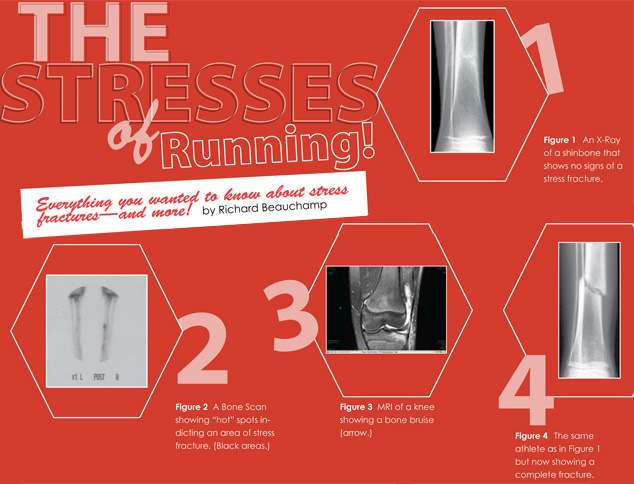

What is a Bone Stress Injury?īone stress injuries are caused by repetitive forces on the bones. But that doesn’t mean much since they are a fairly common injury in the running population. Fingers crossed I can keep myself healthy and avoid one.

Luckily, I didn’t have a stress fracture and I have never had one in my running career either. But I remember having a bone scan done of my leg to see if I had a bone stress injury. So there was a lot of overtraining going on for my immature body.
Running on stress fracture shin free#
If you identify your triggers you may be free of shin splints forever.īook your assessment on line or give us a call on 01745 434432.Keep in mind this was also during a time when I had, what I now believe to be, undiagnosed/never diagnosed female athlete triad. There are many factors that can trigger shin pain. Our clinics in Denbigh and Old Colwyn have treadmills so we can watch your running technique. Whenever someone presents to clinic with shin pain we always assess their training load and footwear. Have your injury assessed by someone who understands running related injuries. If you are not sure it may be safest to presume that you have a stress fracture and train in the pool or on the bike for 6 weeks. Old shoes may not give you support where you need it.

You may notice a particular trigger, such as running down a steep hill, or when you increase your speed. Cross train to maintain fitness, cycling or going to the gym have far less impact than running.Reduce your running speed, distance and frequency, allow your body time to recover.Stop running until your acute symptoms settle, this may vary from a few days to a few weeks.Shin splints can be painful and uncomfortable – but you can manage them by following a few important tips.Rest for a minimum of 6-8 weeks is essential. Continuing to run with a stress fracture will almost certainly make it worse, and lead to a complete fracture.

There may be nutritional deficiencies weakening the bony structure.


 0 kommentar(er)
0 kommentar(er)
